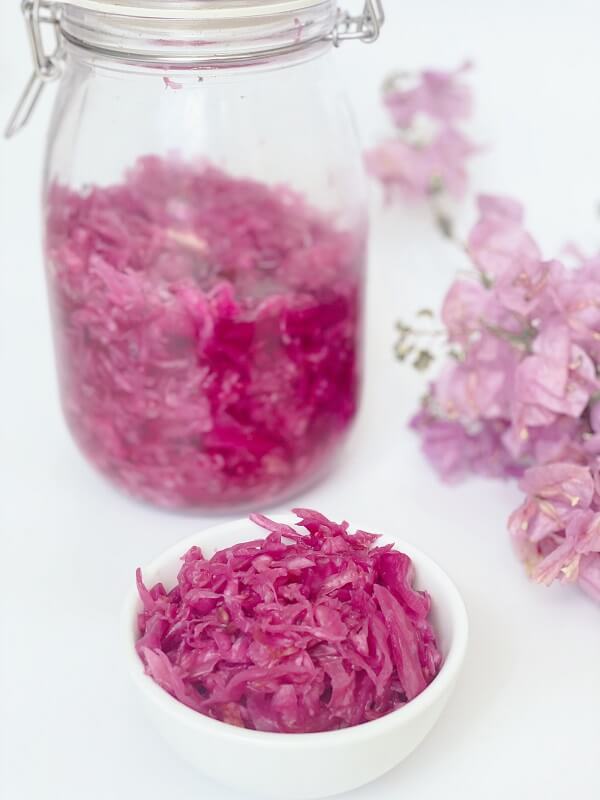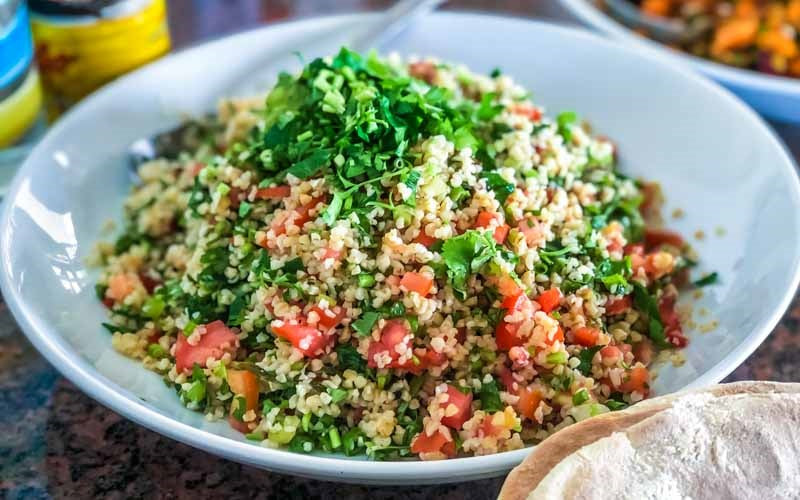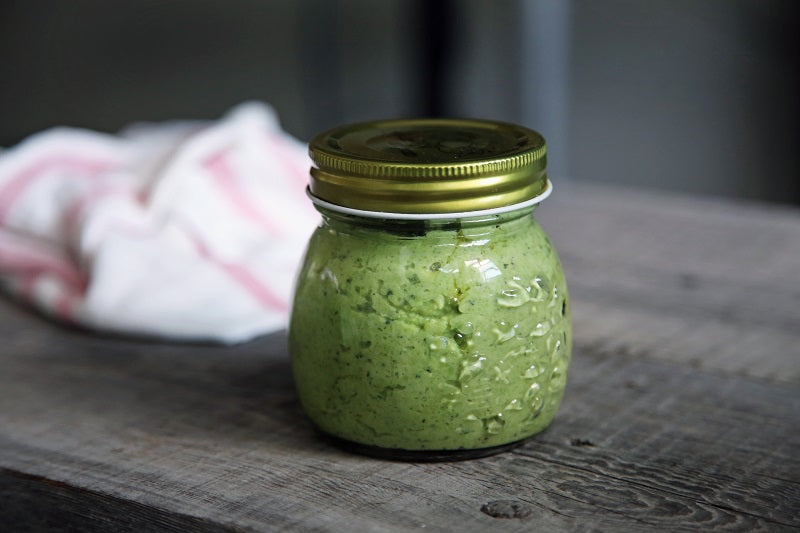Magenta Sauerkraut
By Rachel Enright

Servings
50
Prep Time
30 mins
Cook Time
(a few weeks to ferment)
Difficulty
Medium
Ingredients
Shop IngredientsWhite cabbage
Red cabbage
Organic sea salt or Himalayan salt
1 large head
1 medium head
2-3 tbsp
Tangy Magenta Sauerkraut
If you’re looking for a simple way to add a burst of flavour and colour to your meals, this magenta sauerkraut is a beautiful choice. Naturally fermented foods like sauerkraut can be a nourishing addition to your daily routine, supporting a balanced gut and adding a tangy crunch to savoury dishes or fresh salads. You’re going to love how easy this is to prepare, and how satisfying it feels to create something so vibrant at home.
How to Make It
-
Clean all equipment and your work surface thoroughly.
-
Remove and set aside several outer cabbage leaves for later.
-
Finely slice the cabbage using a sharp knife or food processor and place into a large mixing bowl.
-
Sprinkle with salt, then massage with clean hands for about 10 minutes until the juices begin to release.
-
Transfer the cabbage to your fermentation container and press down firmly so the liquid rises above the vegetables. If needed, top up with a little salted water.
-
Cover the surface with the reserved cabbage leaves, then add fermentation weights to keep everything submerged.
-
Secure the jar with a clean cloth and elastic band, then leave to ferment at room temperature.
-
Check daily, skimming away any foam or discoloured pieces if they appear. Taste along the way until it reaches your preferred tang.
-
Once ready, transfer to smaller jars and store in the fridge. It will continue to keep for months.
Why It’s Worth Making
Cabbage is naturally rich in fibre, which helps keep you feeling satisfied and supports digestive comfort. The fermentation process also enhances flavour while creating a food that brings a refreshing, zesty edge to your plate. This combination of crunch, colour, and tang makes sauerkraut a versatile companion to many meals.
Enjoy, Share, and Get Creative
Once you have your first batch ready, enjoy it alongside savoury dishes, toss it into salads, or simply snack on a spoonful straight from the jar. You might also like to experiment by adding spices such as caraway seeds or trying other vegetables for variety. Share your creations with the Happy Healthy You community and inspire others on their own gut-loving journey.






Leave a comment
This site is protected by hCaptcha and the hCaptcha Privacy Policy and Terms of Service apply.